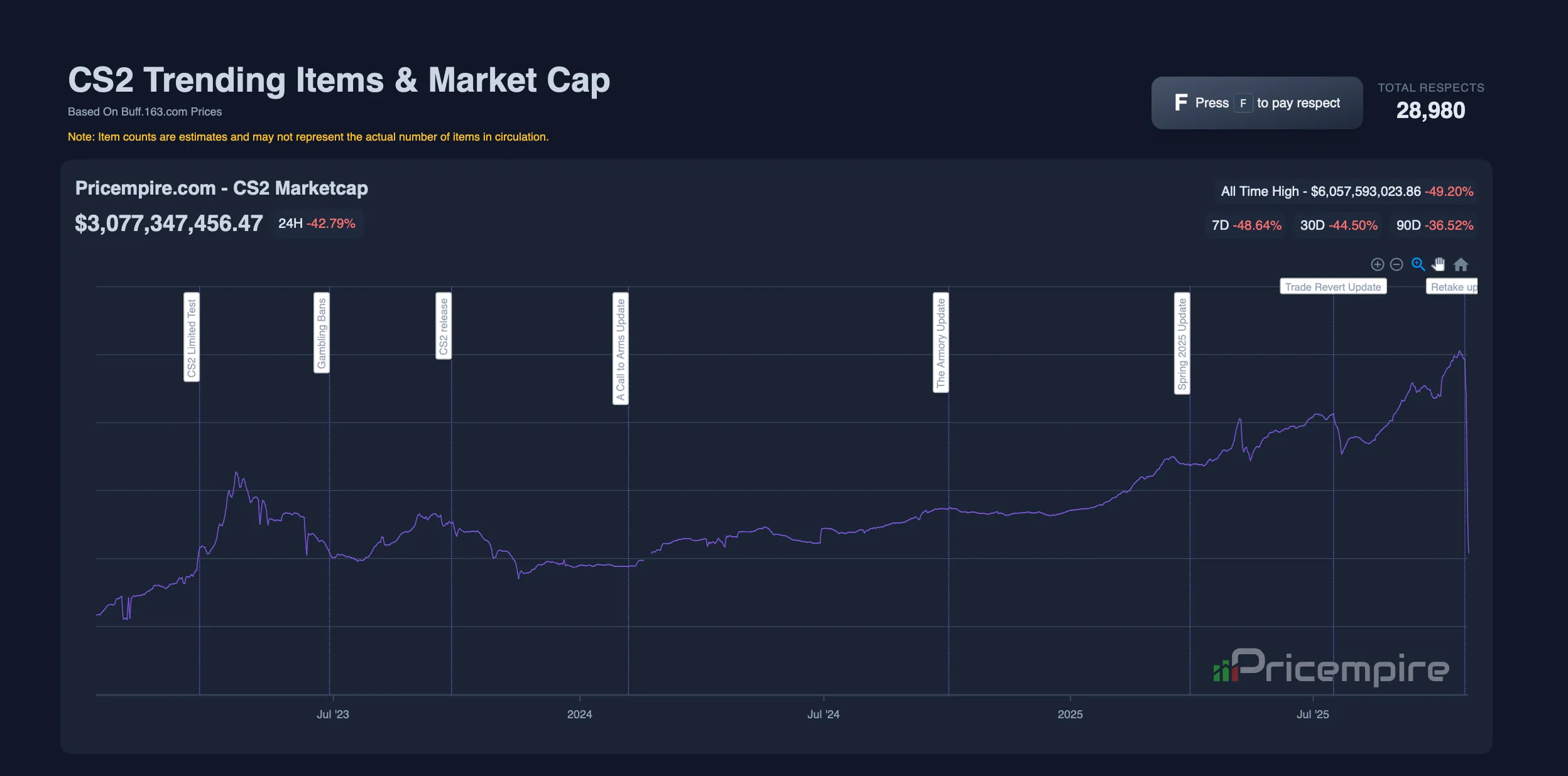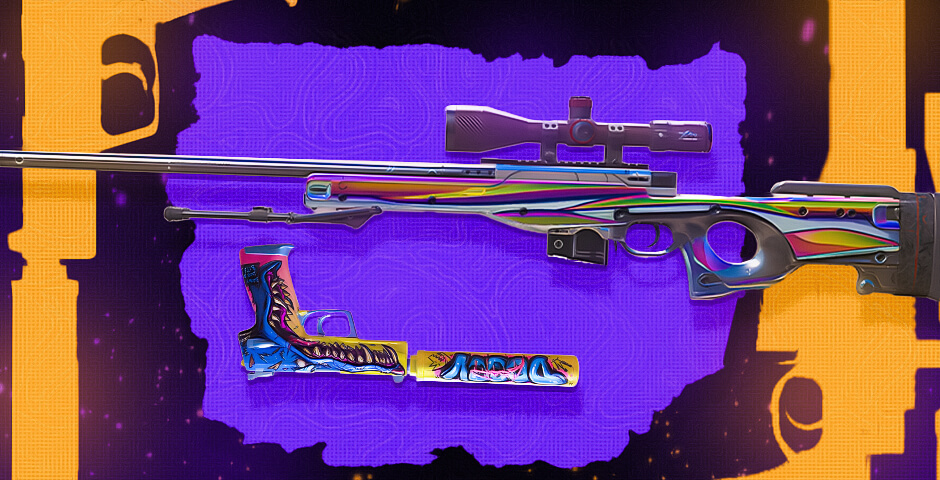The CS2 skin market, which for years seemed like stable “digital gold,” is experiencing the biggest shock in its history. A massive update from Valve, which unexpectedly allowed knives to be crafted, didn’t just wipe $1.5-2 billion off the market cap. It shattered the community’s fundamental trust in Valve as the guarantor of their digital assets’ value.
Panic, mass sell-offs, and millions in personal losses are just the tip of the iceberg. The old “buy and hold” strategies no longer work. But in any chaos, there are opportunities for those who react quickly.
The End of the Knife Era
Valve essentially hit the “red button” on the CS2 economy by allowing knives and gloves to be created via the Trade-Up Contract. Now, anyone can get them by using 5 Covert (red) quality skins.
This decision caused an immediate chain reaction. Rare items, which previously only dropped from cases with minuscule odds, lost their exclusivity. Fearing the market would be flooded with “crafted” knives, owners began a massive sell-off. This led to prices dropping 30-60% (and in some cases, like the Butterfly Emerald, the price fell from $22,000 to $8,000).

Even unique and ultra-rare patterns, like Blue Gems, which were considered “untouchable,” are now being crafted from cheap skins, destroying their exclusivity. Simultaneously, the cheapest “red” skins skyrocketed in price, turning into hot raw materials for crafting.
The old system, where knives were a reliable asset, is destroyed. The market has transformed from a collectible one to a manufacturing one.
How to Avoid Losing the Rest
In times of such chaos, the main thing is to avoid impulsive decisions. Selling your knife that has already dropped 50% is a guaranteed way to lock in a maximum loss.
However, you need to understand that this might not be the end. As analysts note, including in video breakdowns like the one from Anomaly Clips, the vast majority of “red” skins bought up for crafting had a 7-day trade-lock. This means that around October 29-30, a “second wave” of thousands of new, freshly crafted knives will hit the market as they become available for sale. This could cause another price drop.
It’s worth noting that the market is showing extreme volatility. After the initial panic sell-off, the market showed a partial recovery on October 25. According to Pricempire, the market cap, which fell from a peak of $6 billion to $3.2 billion, “bounced back” to $4.7 billion. However, many analysts consider this a temporary “dead cat bounce,” not a real recovery, as the main factor—the “second wave” of knives from trade-locks—hasn’t hit the market yet.
Instead of panic selling, you should reassess your inventory. Maybe your old “red” skins from forgotten collections are suddenly worth a fortune and have already covered the losses from your knife’s drop. This crash has proven that no asset is “too big to fail,” so diversification is a smart move.
Where to Find Profit Now
The rules of the game have changed, which means new strategies have emerged. The main focus is now on “crafting math.”
Profit lies in finding five Covert skins whose total value is lower than the cheapest knife that can drop from the contract. This is the new market niche—a constant search for “raw materials” and calculating the odds.

Since “red” skins are now being “burned” en masse in contracts, this will also increase demand for the Classified (pink) items used to craft them.
For those seeking stability, classic investment tools like rare cases and sticker capsules (Katowice 2014, etc.) remain a “safe haven,” as they aren’t tied to the new crafting system. At the same time, the value of unique patterns (Blue Gem, Ruby) is now in question—their rarity is no longer guaranteed.
On the other hand, this update has been a gift for casual players. People who couldn’t afford an expensive knife for years can now buy their dream Karambit or Butterfly at a much lower price.
The market will be stormy for a long time. Adaptation, cold calculation, and the awareness that Valve can change the rules at any moment are the keys to success in the new, unpredictable CS2 economy.
